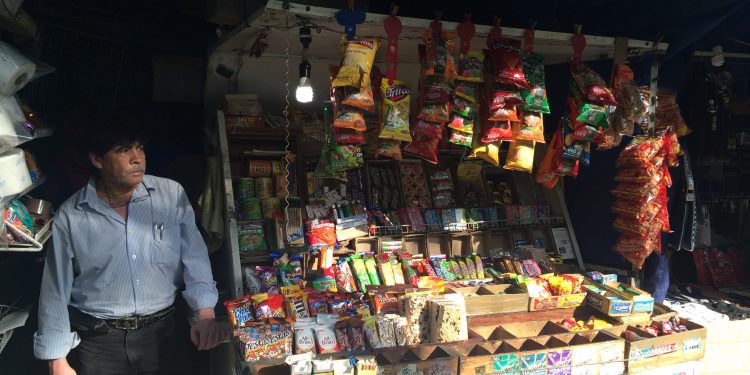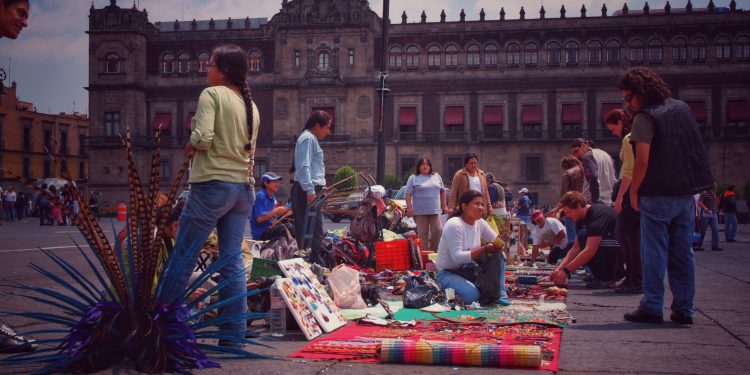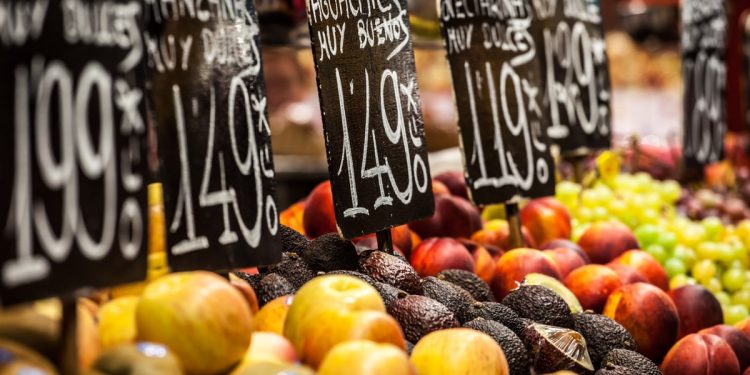Attendant with Mexico’s large informal economy, which employs some 57% of the workforce, is the vast number of puestos—street stalls which dot the country’s main towns and cities—offering many of the same products sold in the corner shops and convenience stores.
There are countless thousands of puestos trading across the country and collectively they form a significant part of the competitive commercial landscape in Mexico, where retail trade accounts for a large part of economic activity.
In Mexico, the word puesto refers to any kind of market stall, or standalone kiosk selling wares. Across the bustling capital—and also in busy areas of all Mexican towns and cities—puestos can be found offering clothing, books, tacos and tamales, to mention just a few. The most commonly seen are referred to as puestos de dulces, which sell candies, soft drinks, cigarettes, potato chips, and an array of packaged snacks.
Convenience stores thrive in Mexico by placing themselves near residential and commercial areas. The puestos de dulces take the concept of convenience a step further, and set up at the entrances to the metro stations in the capital, at bus stops and terminals, at parks and gardens, near major cultural or sporting events, outside busy museums and tourist attractions, as well as on junctions of busy avenues, etc.—anywhere people are likely to gather or pass-by in substantial numbers is ripe territory for these trading posts.
The sophistication of the puestos is varied. Some are little more than a wooden board propped on a stand, and covered from edge-to-edge with goods. To this are frequently added a couple of racks with chips, sweet bread, and other miscellaneous products which are often supplied on ‘sale-or-return’ to the trader by the producers of the goods. The people who run these puestos bring the goods each day in cardboard boxes, and pack them all up when they leave.
Other puestos are metal kiosks which can be locked shut at night, and left where they are on the street. These often have a small place inside where the vendor can sit or stand. Others are metal stands on wheels, which can be pushed into place during the daytime, and then closed up and whisked-off—who knows where?—overnight. Puestos situated inside specific market areas are often larger and even have electricity and fridges (the street stalls keep their soda stocks cold using blocks of ice).
Pricing at the puestos can be somewhat arbitrary, although that is also the case at convenience stores, which tend to charge more for certain snacks than say the corner tiendita or the supermarket. The prices at puestos are even more flexible as item prices aren’t computerized or even posted anywhere.
It pays to patronize the same puesto if it happens to be in one of your regular haunts—such as outside your place of work, or by the bus stop or taxi rank you use—as once you become an established customer, the person running the stall will often charge you less for certain goods, or hesitate to charge you more even if the wholesale price has gone up. At the very least they will be apologetic if they do have to raise the price.
Competition among the stalls themselves also has an impact on prices. At a busy metro station in Mexico City, where dozens of stalls compete for the same commuters, prices are likely to be lower. A single stall outside a large office building may charge more given its captive clientele—bureaucrats who step out quickly to buy some snacks, or a loose cigarette—and don’t have time to shop around. Here it’s definitely worth becoming a regular.
Mexico in your inbox
Our free newsletter about Mexico brings you a monthly round-up of recently published stories and opportunities, as well as gems from our archives.



